Ideally, a restaurant should have a personality. Whether edgy or hip, your interior should always make a positive statement.
Interior design needs to be a complementary feature to the food and services offered. This support trait forges an identity and separates your restaurant from your competitors.
This article will discuss four overlooked elements in a restaurant’s interior design.
Sound Design
Sound can either make or break the energy of dining guests in your restaurant.
When acoustics are too loud, the guests cannot communicate well and speak over each other. On the other hand, guests become uneasy when it’s too quiet and feel like they lack privacy.
A chief restaurant officer for union square hospitality group, Sabato Sagaria, says “People dine out to socialize.”. So sound should be a great consideration when designing your restaurant.
It is important to note that loud noise can distract diners’ ability to taste and smell their food.
How to better your sound design
Suppose your restaurant gets the effect of outside noise. Consider using soundproof paneling for your doors and walls. Invest in a high ceiling and porous acoustic plaster which absorb sound. Background music should remain in the background. Always keep the volume low to ensure diners won’t speak over each other. Use tablecloths, curtains, carpets, and area rugs, to reduce silverware and movement noises. If you consider an open plan kitchen for your restaurant. Ensure you cover the opening space with panel glass to soundproof the kitchen.
Light Design
Lighting is important for restaurants’ scenic views, amplifying the expression of the structure. In addition, it further creates the feel and ambiance of the space. No matter how much you design and decorate your restaurant. All your efforts will be in vain without proper lighting to see them. You will need to know the different types of lighting and how you can use them in your restaurant.
Types of restaurant lighting
Ambient lighting: This general space illumination highlights the restaurant’s general mood. Bright light creates a lively, energetic mood. Suitable for casual restaurants such as fast food joints. Low lighting will create an upscale, intimate atmosphere. Dime lights are common in high-end restaurants or lounge and bar areas where patrons are likely to be closer to each other.
Accent lighting: Consider installing for decorations and dramatic effects. It highlights certain interest points within your restaurants. Such as art, sculptors, and bar area. Task lighting: This allows your customers and employees to see and perform certain tasks within the restaurant. You ought to place task lights in pathways for easy movement. Also, set some in the kitchen for fast and easy cooking.
How to improve lighting in your restaurant
To create a pleasant atmosphere, use wall lighting instead of light from the ceiling. This technique will evenly distribute light, making the space look bigger and more accommodative.
Ensure lighting reflects on the intent of your restaurant. For example, use a bright light at a fast-food eatery to stimulate guests to make more orders.
So, if your restaurant is more of a high-end eatery, you can use warm low light. This dimer lighting will encourage diners to order the extras such as more wine, coffee, or dessert.
Do not use many-colored lighting to avoid your eatery looking like a circus or nightclub.
Color Patterns and Theme
The first sight is what captures a client’s attention. Through that, they make a judgment of your establishment, whether positive or negative. So, the color and theme of the restaurant should influence a diner’s behavior and spending. So, it is important to note the effects of color on appetite. Thus, theme your restaurant depending on your target customers.
Effects of color on appetite
Appetite suppressants: These are color themes that do not appear in nature and will not encourage the diners to eat more. They are common in high-end eateries that encourage more socializing. They are black, blue, brown, and purple.
Mild stimulants: These colors represent healthy eating, and prefered color is green. Due to this color theme, patrons will prefer greener, non-sugary foods such as vegetable salad. Strong stimulants: These colors stimulate patrons to feel hungry and eat more. Red, orange and yellow is common for this purpose. Without a doubt, most restaurants either use all three colors or one in their theme.
Aroma
Homeowners rarely feel the scent of their home kitchen. Yet, the aroma is a huge component of a restaurant. It Guarantees to attract or repel clients to your establishment. Using the right restaurant scent can increase food orders by 300%. This record is according to a study by the University of Parderton.
How to select a suitable scent for your restaurant
Certain aromas such as chamomile and vanilla help reduce stress, anxiety, and depression. In addition, reducing their effects through these scents improves clients’ appetite, making them order more. A person’s perspective of a space can change because of the scent in the establishment. For example, the aroma of cucumber and apple can make a space feel bigger.
But, the smell of barbeque makes a restaurant stuffy and feels congested. Such space encourages food take-outs. Other scents like chocolate, ginger, and cardamon also stir emotional feelings. Thus, attracting couples to your restaurants. While the smell of rose promotes happiness and positivity, leaving your clients satisfied.
Conclusion
Avoid overlooking these elements of a restaurant interior design. They are capable of making all the difference in sales and clients satisfaction. Our interior design factors and being true to your brand will guarantee an authentic restaurant that embodies your values, food, and clients. Here are things to consider when selecting a restaurant’s location.
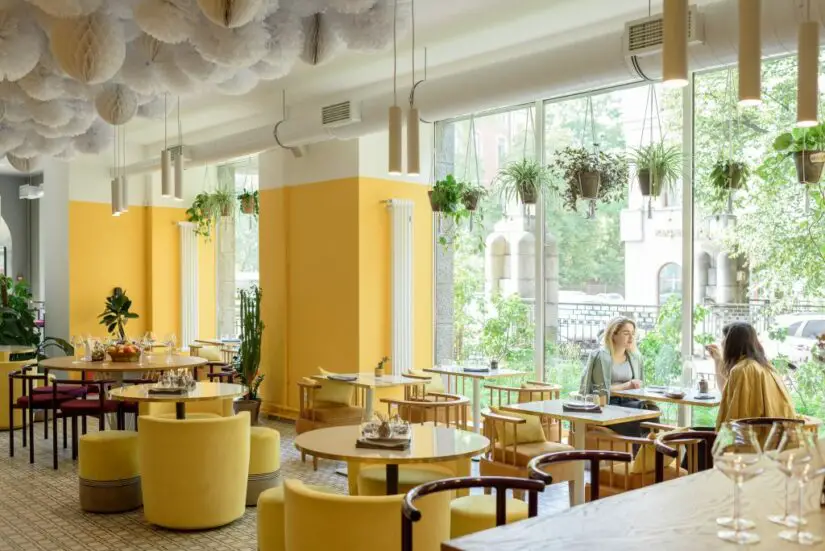
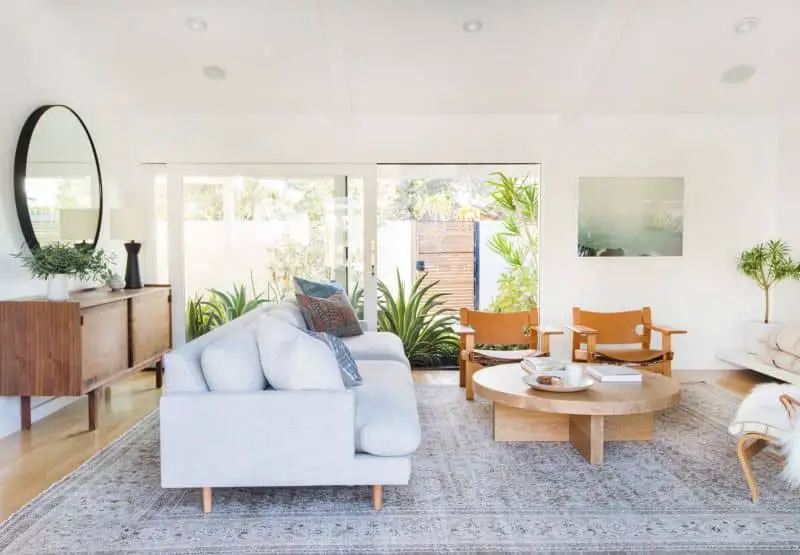
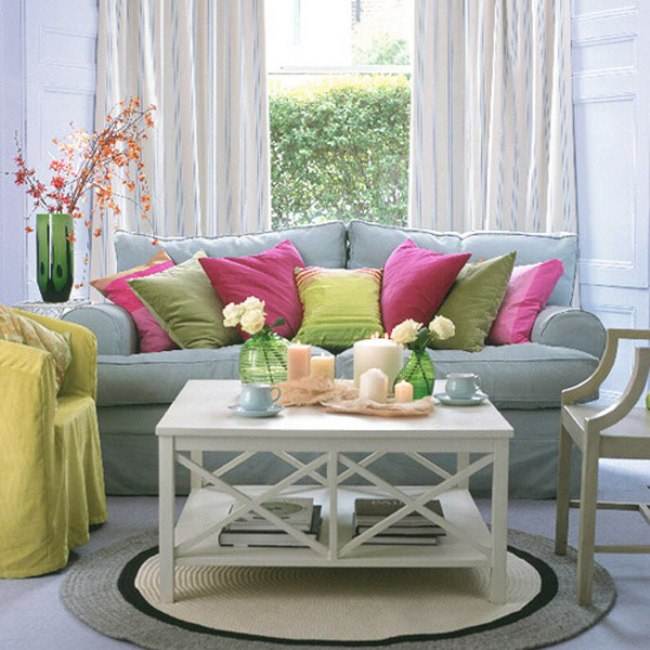

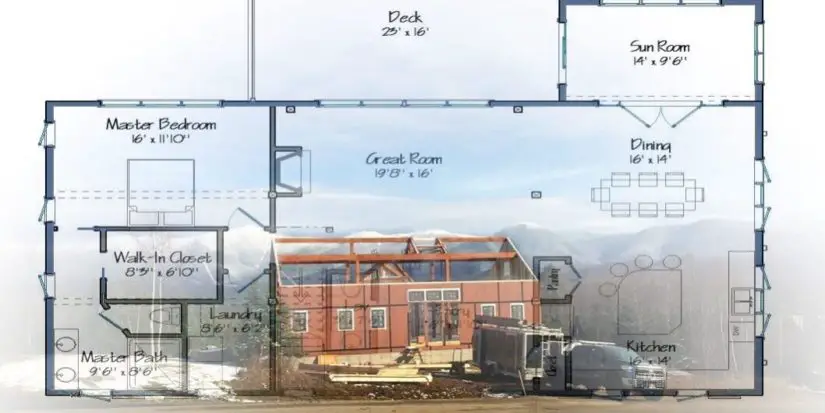

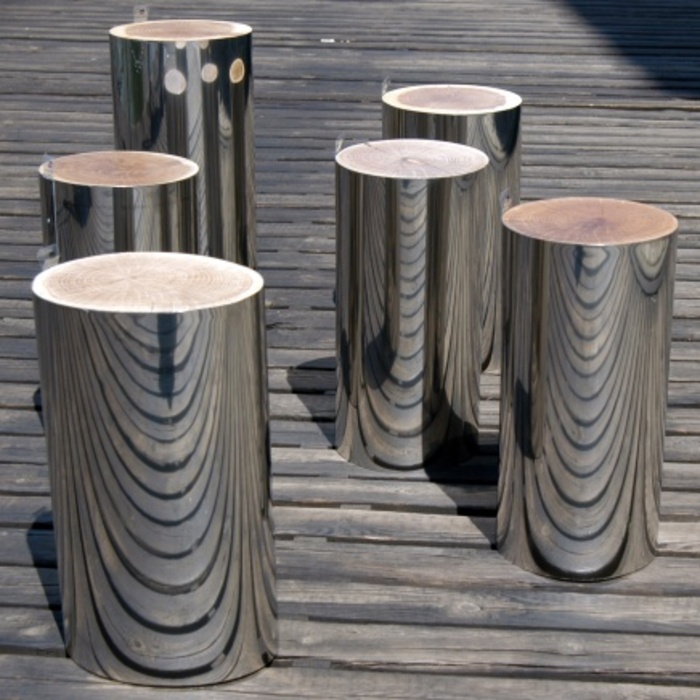
Your article gave me a lot of inspiration, I hope you can explain your point of view in more detail, because I have some doubts, thank you.